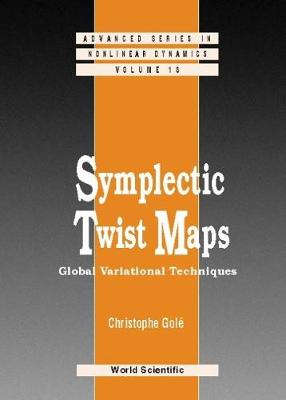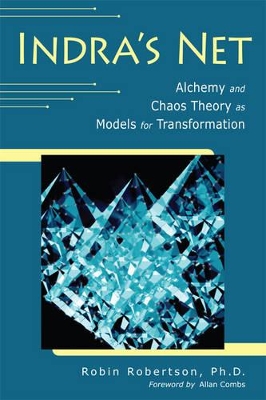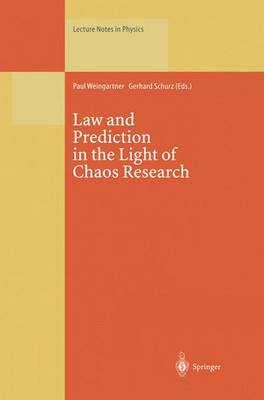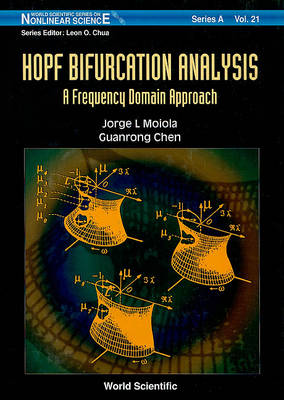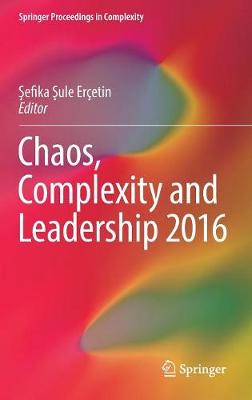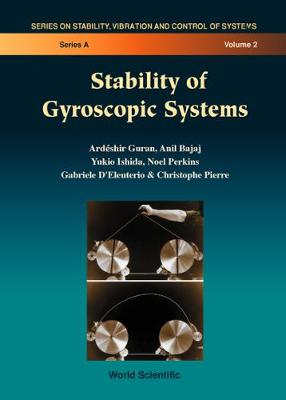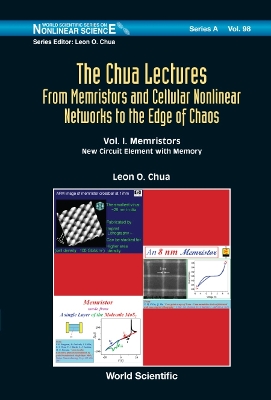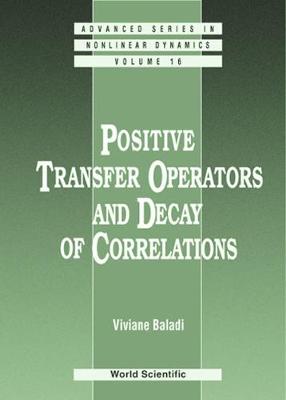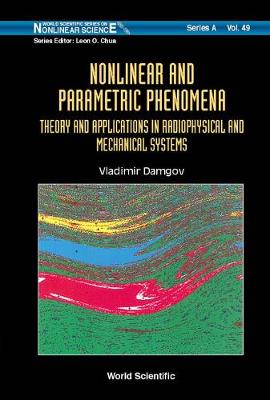Stability Theory And Related Topics In Dynamical Systems (Advanced Series In Dynamical Systems, #6)
by K Shiraiwa and G Ikegami
Symplectic Twist Maps: Global Variational Techniques (Advanced Series in Nonlinear Dynamics, #18)
by Christophe Gole
This book concentrates mainly on the theorem of existence of periodic orbits for higher dimensional analogs of Twist maps. The setting is that of a discrete variational calculus and the techniques involve Conley-Zehnder-Morse Theory. They give rise to the concept of ghost tori which are of interest in the dimension 2 case (ghost circles). The debate is oriented somewhat toward the open problem of finding orbits of all (in particular, irrational) rotation vectors.
Pendulum is the simplest nonlinear system, which, however, provides the means for the description of different phenomena in Nature that occur in physics, chemistry, biology, medicine, communications, economics and sociology. The chaotic behavior of pendulum is usually associated with the random force acting on a pendulum (Brownian motion). Another type of chaotic motion (deterministic chaos) occurs in nonlinear systems with only few degrees of freedom. This book presents a comprehensive descript...
Nonlinear Systems, Vol. 1 (Understanding Complex Systems)
This book is part of a two volume set which presents the analysis of nonlinear phenomena as a long-standing challenge for research in basic and applied science as well as engineering. It discusses nonlinear differential and differential equations, bifurcation theory for periodic orbits and global connections. The integrability and reversibility of planar vector fields and theoretical analysis of classic physical models are sketched. This first volume concentrates on the mathematical theory and...
Law and Prediction in the Light of Chaos Research (Lecture Notes in Physics, #473)
Like relativity and quantum theory chaos research is another prominent concept of 20th century physics that has triggered deep and far-reaching discussions in the philosophy of science. In this volume outstanding scientists discuss the fundamental problems of the concepts of law and of prediction. They present their views in their contributions to this volume, but they also are exposed to criticism in transcriptions of recordings made during discussions and in comments on their views also publis...
This new book, by acclaimed scientist- John Holland, introduces the reader to the exciting new theory of 'emergence', which many people now consider to be the single most characteristic feature of complex, adaptive systems. By 'emergence' it is meant that such systems tend to involve large numbers of intelligent, adaptive agents, interacting on the basis of local information possessed by each agent. These interactions produce global behaviour that cannot be understood simply by knowledge of the...
Strange Nonchaotic Attractors
by Arkady S Pikovsky, Ulrike Feudel, and Sergey P Kuznetsov
This book is devoted to the frequency domain approach, for both regular and degenerate Hopf bifurcation analyses. Besides showing that the time and frequency domain approaches are in fact equivalent, the fact that many significant results and computational formulas obtained in the studies of regular and degenerate Hopf bifurcations from the time domain approach can be translated and reformulated into the corresponding frequency domain setting, and be reconfirmed and rediscovered by using the fre...
Chaos In Chemistry And Biochemistry
True deterministic chaos is characterized by unpredictable, apparently random motion in a dynamical system completely described by a deterministic dynamic law, usually a nonlinear differential equation, with no stochastic component. The inability to predict future behavior of a chaotic system occurs because trajectories evolving from arbitrarily close initial conditions diverge. Chaos is universal as it may arise in any system governed by one of a class of quite common, suitable nonlinear dynami...
This book deals with the investigation of global attractors of nonlinear dynamical systems. The exposition proceeds from the simplest attractor of a single equilibrium to more complicated ones, i.e. to finite, denumerable and continuum equilibria sets; and further, to cycles, homoclinic and heteroclinic orbits; and finally, to strange attractors consisting of irregular unstable trajectories. On the complicated equilibria sets, the methods of Lyapunov stability theory are transferred. They are co...
Chaos, Complexity and Leadership 2016 (Springer Proceedings in Complexity)
This book covers the proceedings from the 2016 International Symposium on Chaos, Complexity and Leadership, and reflects current research results of chaos and complexity studies and their applications in various fields. Included are research papers in the fields of applied nonlinear methods, modeling of data and simulations, as well as theoretical achievements of chaos and complex systems. Also discussed are leadership and management applications of chaos and complexity theory.
Chaotic Hierarchy, A
This collection of articles introduces the idea of a hierarchical order in chaotic systems and natural phenomena. To understand nature, nonlinear sciences use a multidisciplinary perspective. Therefore the book integrates research work of different fields: experimental evidence for the theory drawn from physics, biology and chemistry; theoretical progress in mathematical treatment, numerical techniques and graphical methods of nonlinear sciences; and to not-yet-understood philosophical and funda...
Stability Of Gyroscopic Systems (Series On Stability, Vibration And Control Of Systems, Series A, #2)
The motion of mechanical systems undergoing rotation about a fixed axis has been the subject of extensive studies over a few centuries. These systems are generally subject to gyroscopic forces which are associated with coriolis accelerations or mass transport and render complex dynamics.The unifying theme among topics presented in this book is the gyroscopic nature of the system equations of motion. The book represents comprehensive and detailed reviews of the state of art in four diverse applic...
Non-linearity and Chaos in Engineering Dynamics
Presents the latest research of leading international groups in theoretical and applied dynamics. It starts with a general introduction to the basic concepts of nonlinear dynamics and chaos. Also includes topics on nonlinear problems of structural, mechanical, aerospace and naval engineering; topological and computer methods; cell mapping and global analysis; control of chaos; experimental studies; time series analysis and phase-space reconstruction.
Ideal Turbulence (World Scientific Series on Nonlinear Science Series A, Vol 2)
by A.N. Sharkovsky, E. Yu Romanenko, and M.B. Vereikina
Quantum Chaos and Quantum Dots (Mesoscopic Physics and Nanotechnology, #3)
by Katsuhiro Nakamura and Takahisa Harayama
Dynamics of billiard balls and their role in physics have received wide attention since the monumental lecture by Lord Kelvin at the turn of the 19th century. Billiards can nowadays be created as quantum dots in the microscopic world enabling one to envisage the so-called quantum chaos, i.e. quantum manifestation of chaos of billiard balls. In fact, owing to recent progress in advanced technology, nanoscale quantum dots, such as chaotic stadium and antidot lattices analogous to the Sinai Billiar...
This 4-volume compendium contains the verbatim hard copies of all color slides from the Chua Lecture Series presented at HP in Palo Alto, during the period from September 22 to November 24, 2015. Each lecture consists of 90 minutes, divided into a formal lecture, a discussion session, and an Encore of special trivia that the audience found mesmerizing.These lectures share some unique features of the classic Feynman Lectures on Physics, as much of the materials are presented in the unique style o...
Dynamics Of Nonlinear And Disordered Systems (World Scientific Series On Nonlinear Science Series B, #6)
This book deals with a series of topics on the cutting edge of nonlinear science, striking a balance between theory and experiment. It consists of two innovative introductory presentations on dynamical systems and fluid dynamics and six chapters on advanced research. A nontrivial interrelation between the different topics becomes apparent throughout the book as an indication of the underlying unity and genericity of nonlinear phenomena. There is a continuous emphasis on conceptual issues often i...
Nonlinear Periodic Waves And Their Modulations: An Introductory Course
by Anatoly M Kamchatnov
Although the mathematical theory of nonlinear waves and solitons has made great progress, its applications to concrete physical problems are rather poor, especially when compared with the classical theory of linear dispersive waves and nonlinear fluid motion. The Whitham method, which describes the combining action of the dispersive and nonlinear effects as modulations of periodic waves, is not widely used by applied mathematicians and physicists, though it provides a direct and natural way to t...
Positive Transfer Operators And Decay Of Correlations (Advanced Series in Nonlinear Dynamics, #16)
by Viviane Baladi
Although individual orbits of chaotic dynamical systems are by definition unpredictable, the average behavior of typical trajectories can often be given a precise statistical description. Indeed, there often exist ergodic invariant measures with special additional features. For a given invariant measure, and a class of observables, the correlation functions tell whether (and how fast) the system “mixes”, i.e. “forgets” its initial conditions.This book, addressed to mathematicians and mathematica...
The book comprises a broad panorama of phenomena occurring in four major classes of radiophysical and mechanical systems — linear, nonlinear, parametric, and nonlinear-parametric. An analytical technique for the broad circle of issues under consideration is developed. It is presented in a user-friendly form, allowing its further direct application in research practices.Analytical methods are presented for investigating modulation-parametric and nonlinear systems, oscillating systems with periodi...
This volume focuses on the modeling of cognition, and brings together contributions from psychologists and researchers in the field of cognitive science. The shared platform of this work is to advocate a dynamical systems approach to cognition. Several aspects of this approach are considered here: chaos theory, artificial intelligence and Alfie models, catastrophe theory and, most importantly, self-organization theory or synergetics. The application of nonlinear systems theory to cognitive scien...

